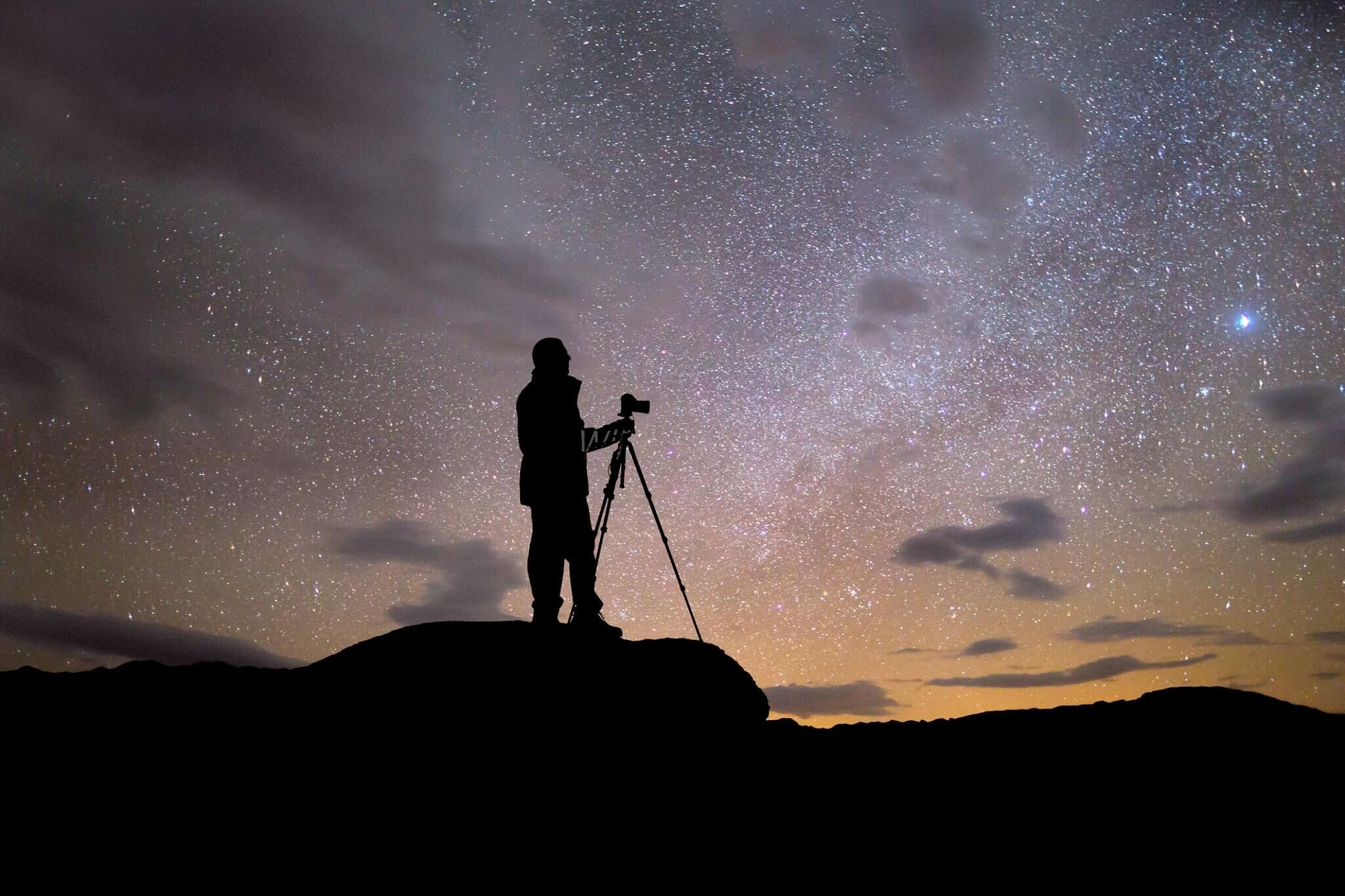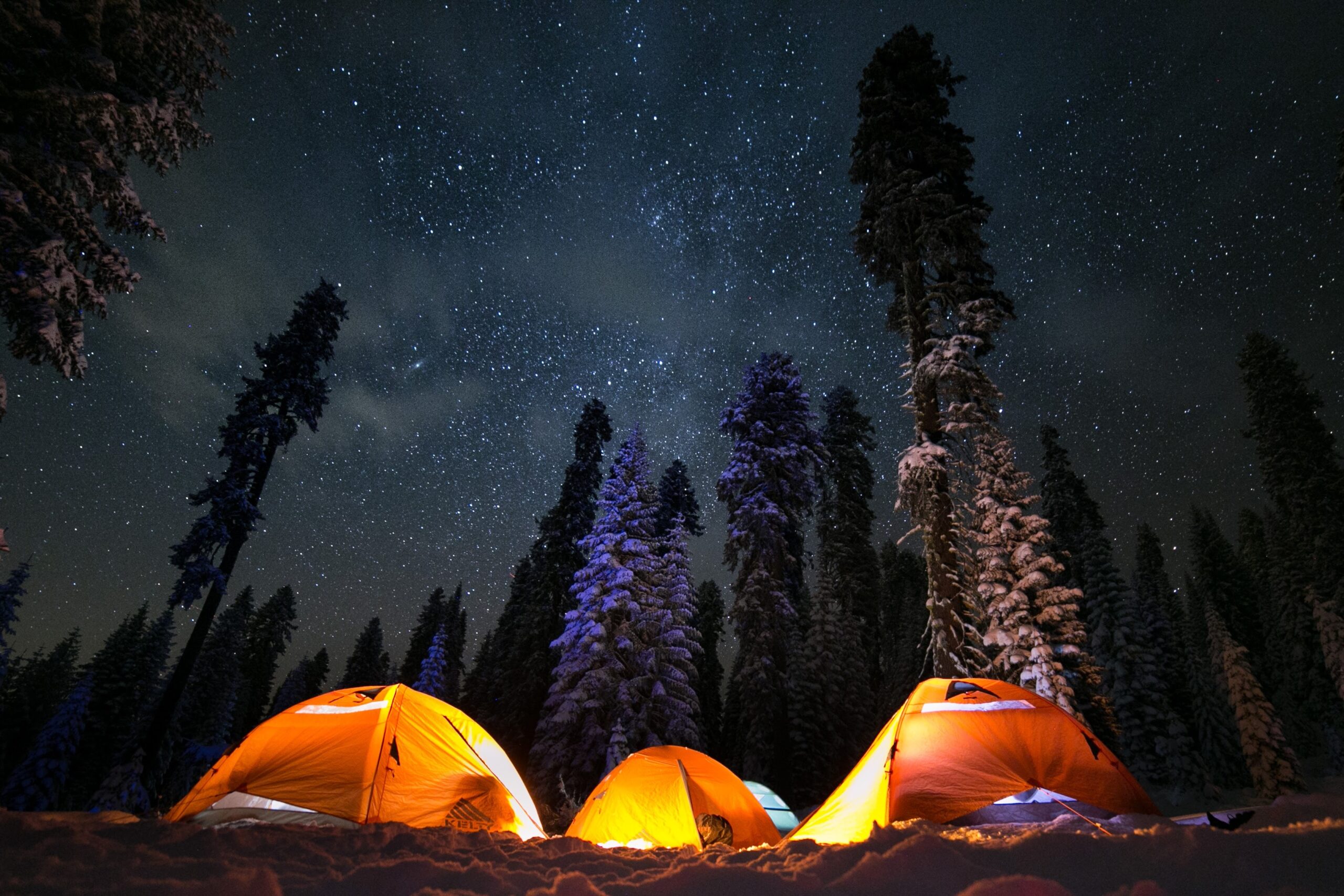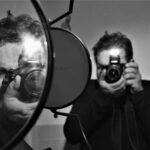Sitting beneath the night sky, gazing at the stars and waiting for a start to fall, sounds so magical! Perhaps, you want to capture those moments embellished with sky miracles, but you barely have the right technique. The sky above us is enriched with billions of stars in the night sky, yet we see only a fraction of them. Of course, seeing those magical stars with the naked eye is a bit challenging, but some special equipment makes it happen. In fact, we can now capture the beautiful creations, dramas, colors, and magical phenomena of the night sky.
If you are spellbound by the magnificence of the sky and want to learn how to capture it, then astrophotography is the genre you must opt for. And here’s a beginner’s guide for you!
What is Astrophotography?
Astrophotography is simply the art of capturing the night sky; this branch of photography lets photographers capture different celestial objects in the sky! Celestial objects like; the moon, stars, galaxies, and planets. Isn’t it interesting to see the magical world right above us more clearly; cherish the beauty the universe is adorned with? Astrophotography allows us to capture the wonder of the sky we can’t see through the bare eyes and takes it to a great level.
Yes, it is astrophotography that really offers a galaxy of possibilities to capture night beauty. However, astrophotography mandates some experience, passion, and technique to produce truly stunning results. No wonder every photographer is now lured by this new type of photography of capturing stars and cosmic objects.

Types of Astrophotography
Based on the proficiency, experience and gear astrophotography has many types. Here we have categorized each in sort of low level to high level;
Nightscape astrophotography
This photography involves capturing landscape images of stars and doesn’t require any high-tech equipment. You can get good nightscape results with a good camera phone and iPhone, but using professional cameras has its own charm!
Time-lapse astrophotography
Like nightscapes, time-lapse combines several wide-field pictures of the night sky to make a moving image or video. You can capture the star trails using this technique, and it is also easy to achieve, i.e., it doesn’t require any special equipment, just the standard camera phone, knowledge, and photography skills.
Wide-angle astrophotography
Wide-angle astrophotography depends on the unique camera setting to gather enough light to get outstanding pictures without an advanced telescope. This is one of the most prominent yet the easiest way of capturing the entire sky! One can get wide-angle night shots using a DSLR, mirrorless cameras, zoom or telephones, and a good tripod. This photography helps you obtain amazing shots of meteor showers, star trails, time-lapse, and the Milky Way and Andromeda Galaxy.

Solar-system astrophotography
Photographers tend to capture the sun, moon, natural satellites, and other objects in the solar system. Also called planetary astrophotography, this features capturing every phenomenon related to the solar system, including eclipses.
Deep-sky astrophotography
This is high-level astrophotography that captures celestial objects beyond our galaxy. It captures nebulae, star clusters, and other celestial structures, but to get more precise and detailed pictures, you need a telescope to extend the range of accessible objects.
What gave rise to Astrophotography?
Night sky shots are captivating; they are gaining much prevalence today, and almost everyone is learning astrophotography. Some want it as a profession, whereas it is a passion for others; what is your reason? Anyways, if there’s a glint of astronomy inside you and you are an astrophile and want to ogle the night sky, then you are following the right path! In this world of big cities, where nearly everything is electrified, many of us have never seen the Milky Way, the Ursa Major constellation, and other night sky wonders, making us pursue astrophotography.

The equipments you need for astrophotography
Based on different astrophotography methods you bring into use, you can actually determine which specific gear you need to get desired results. Well, the most common gear one must equip with for astrophotography are mentioned below;
Cameras
Of course, to capture something, a camera is the basic necessity; take a smartphone, or professional camera, both can give best results provided you use them properly. Both digital and film cameras can produce astonishing results of the night sky; the only difference is with digital cameras you can ensure the picture is taken correctly. Even you can start simply with a smartphone; the smartphones today are capable of capturing night sky, only some features are limited as compared to crop and full frame sensor cameras
Lens
Obviously, if you are opting for a professional camera you’ll need the appropriate lens too! A wide-angle lens thus is the ideal option for capturing nightscapes; fit for the low-light environments and long-exposure shots in astrophotography. A wide-angle lens allows photographers to fit more background or landscape into the frame. Also, the lower the aperture on your lens, the more light will go through the camera, which is what astrophotography requires.
Tripod
Astrophotography needs camera stability; apparently, you can only hold the camera for the entire night! As a matter of fact, astrophotography mandates filming with long exposure, and if a camera moves or shakes during a shot, the image will be blurred. You’ll require an ideal tripod to stabilize your camera to underrate shaking; it also helps you point your camera at the right angle and create a perfect composition.
Telescope
A telescope is crucial for deep space photography; it makes well-enhanced and sharper astrophotography images. If indulging in deep-sky astrophotography, you might need a dedicated telescope to which you can attach your camera. Just briefing; telescopes range from beginning models to more advanced versions; choose based on your astrophotography skills.
Adding to it, you might need some post-photography tools, and the two significant tools are;
Intervalometer: However, it is optional; it may be helpful to control the frequency of your night sky shots.
Image processing software: You can get better results without using post-processing software like Photoshop, but using such apps is also not harmful. It only enhances your Astro images and makes your sky subjects stand out.
Some essential tips before you begin!
You must be mindful of a few essential tips when shooting the night sky.
The location: The place you are shooting from always matters in astrophotography. Frankly, city life features light pollution, and that really affects astrophotography. It is best to find a dark place far away from the urban settlements, the outskirts, or a forest to avoid excess light.

The weather: Of course, you can’t shoot during rain or hazy weather; you need a clear night sky to get perfect nightscapes. Frankly, even a slight change in weather can change your night shot results. Ensure that the sky will be clear for at least a day or two.
The sky map: You might need to be made aware that the sky’s appearance keeps changing; of course, the earth’s rotation is real! That makes it mandatory to keep the sky map always handy; before mounting your camera and setting up the tripod. A sky map always helps you envision the night sky from your location at a particular time and date, so you can quickly locate the astronomical object you want to capture.
To wrap it up!
Equipment, tools, techniques, and skills allow photographers to image the night sky. From the milky way to the distant galaxies, you can now capture the magical starry world above us. I hope this guide has given you the flavor of astrophotography you can try quickly. And do let us know what else you want to know about Astrophotography! Keep clicking and keep experimenting!




GIPHY App Key not set. Please check settings